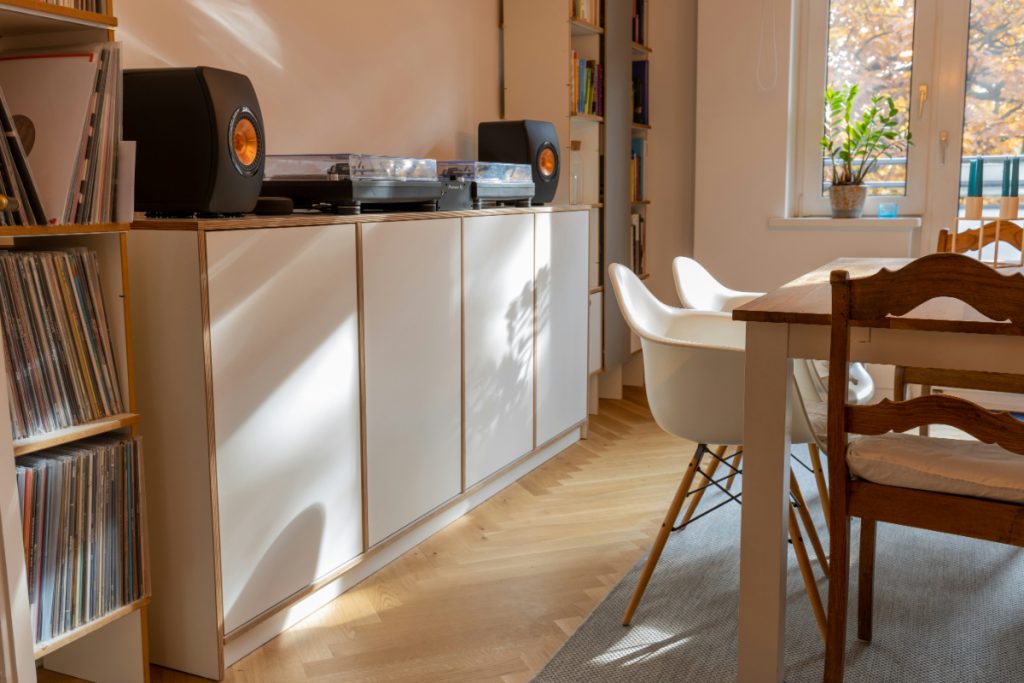Sustainable Slow Living: A Friendly Guide to Living Mindfully and Sustainably
If you’re feeling overwhelmed by the fast-paced, consumerist lifestyle that seems to be the norm in today’s society, you might find solace in the concept of sustainable slow living. This lifestyle is all about taking a step back, simplifying your life, and living in a way that’s kinder to the planet.
At its core, sustainable slow living is about making conscious choices that benefit both you and the environment. This might mean reducing your consumption, choosing to buy second-hand or ethically-made products, or even growing your own food. By taking a more intentional approach to your life, you can reduce your impact on the planet and live a more fulfilling, meaningful existence.
While the idea of slowing down and simplifying your life might seem daunting at first, it’s important to remember that sustainable slow living is all about taking small steps. You don’t have to completely overhaul your life overnight – instead, focus on making one or two changes at a time and building from there. Whether you start by learning to cook from scratch, reducing your plastic waste, or simply spending more time in nature, every small step you take towards sustainable slow living is a step in the right direction.

Principles of Sustainable Slow Living
Sustainable slow living is a lifestyle that emphasizes quality over quantity, mindfulness over mindlessness, and intentionality over impulsiveness. It focuses on living in harmony with nature and building strong relationships with others. Here are some of the key principles of sustainable slow living:
Mindfulness and Intentionality
One of the key principles of sustainable slow living is mindfulness. This means being fully present in the moment and paying attention to your thoughts, feelings, and surroundings. By practicing mindfulness, you can become more aware of your actions and make more intentional choices. This can help you reduce waste, save money, and live a more fulfilling life.
Simplicity and Minimalism
Another principle of sustainable slow living is simplicity and minimalism. This means living with less and focusing on what truly matters. By simplifying your life and reducing your possessions, you can reduce your environmental impact, save money, and free up time and space for the things that truly matter, like spending time with loved ones, pursuing hobbies, and enjoying nature.
Community and Connection
Finally, sustainable slow living emphasizes community and connection. This means building strong relationships with others and creating a sense of belonging. By connecting with others, you can share resources, support each other, and create a more sustainable and resilient community. This can help you feel more fulfilled, reduce stress, and improve your overall well-being.
In summary, sustainable slow living is a lifestyle that emphasizes mindfulness, simplicity, and community. By living in harmony with nature and building strong relationships with others, you can reduce your environmental impact, save money, and live a more fulfilling life.
Practical Applications
When it comes to sustainable slow living, there are many practical applications that you can adopt in your daily life. Here are some examples:
Home and Environment
One of the simplest ways to practice sustainable slow living is to make your home more eco-friendly. You can start by reducing your energy consumption, for example, by turning off lights and unplugging electronics when they’re not in use. You can also reduce water waste by fixing leaks and installing low-flow fixtures.
Another way to make your home more sustainable is to reduce your waste. You can do this by composting food scraps, recycling, and buying products with minimal packaging. You can also reduce your carbon footprint by using public transportation, biking, or walking instead of driving.
Food and Agriculture
Food and agriculture are key areas where you can make a big impact on sustainability. You can start by eating more plant-based meals, which have a lower carbon footprint than meat-based meals. You can also buy locally grown produce to reduce transportation emissions and support local farmers.
Another way to practice sustainable slow living is to grow your own food. Even if you live in a small apartment, you can grow herbs, lettuce, and other small plants in pots. This not only reduces your carbon footprint but also gives you fresh, organic produce.
Fashion and Consumerism
Fashion and consumerism are two areas where you can make a big impact on sustainability. You can start by buying fewer clothes and choosing high-quality, sustainable materials like organic cotton and hemp. You can also buy second-hand clothes or participate in clothing swaps to reduce waste.
Another way to practice sustainable slow living is to reduce your overall consumption. You can do this by buying only what you need, repairing items instead of replacing them, and choosing products made from sustainable materials. By adopting these practices, you can reduce your carbon footprint and contribute to a more sustainable future.
Challenges and Solutions

Overcoming Consumer Culture
One of the biggest challenges of sustainable slow living is overcoming consumer culture. In today’s fast-paced world, we are constantly bombarded with advertisements that tell us we need the latest gadgets, fashion, and home decor. However, this constant consumption has a negative impact on our environment and our wallets.
To overcome consumer culture, you can start by evaluating your own needs versus wants. Ask yourself if you really need that new item or if it’s just a desire fueled by advertising. You can also try to buy only what you need and focus on quality over quantity. This will not only save you money in the long run, but it will also reduce your carbon footprint.
Financial Implications
Another challenge of sustainable slow living is the financial implications. It’s no secret that sustainable products often come with a higher price tag. However, it’s important to remember that investing in sustainable products can actually save you money in the long run.
One solution to this challenge is to start small. You don’t need to overhaul your entire lifestyle overnight. Instead, focus on making small changes such as buying second-hand clothing or investing in reusable containers. You can also look for ways to save money such as buying in bulk or growing your own food.
Time Management Strategies
Finally, time management can also be a challenge when it comes to sustainable slow living. Preparing meals from scratch, composting, and reducing waste all take time and effort. However, the benefits of these actions are worth it.
To overcome this challenge, you can try to incorporate sustainable habits into your daily routine. For example, you can set aside time each week to meal prep or compost. You can also try to combine tasks such as grocery shopping and errands to save time.
Overall, sustainable slow living may come with its challenges, but there are solutions to overcome them. By focusing on quality over quantity, investing in sustainable products, and incorporating sustainable habits into your daily routine, you can live a more sustainable and fulfilling life.





